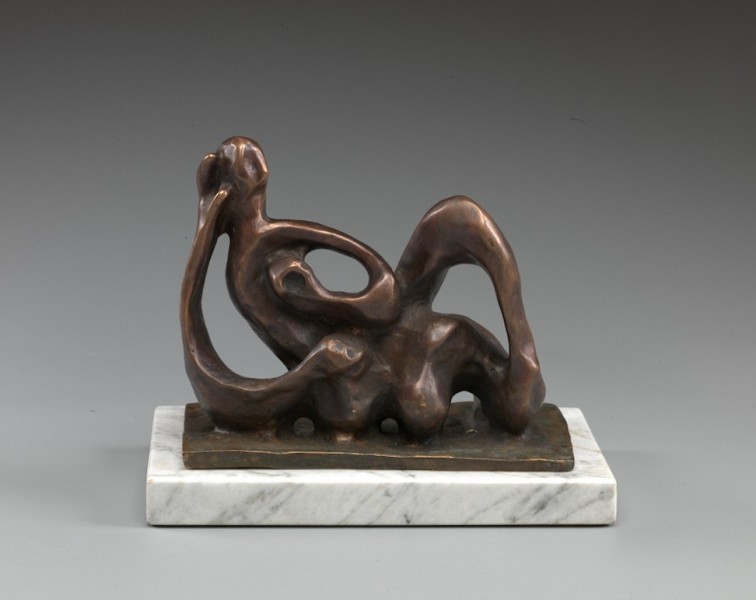

Hagar I (study)
| Author: | Jacques Lipchitz (1891–1973) |
Jacques (Chaim Jakov) Lipchitz (b. 1891 Druskininkai – d. 1973 Capri, buried in Jerusalem) was the oldest son in a family of six children. At his father’s behest, he attended a school of commerce in Białystok, and in 1906 he went to Vilnius to study engineering; but he also enrolled simultaneously in the Vilnius School of Drawing. In 1909 he left for Paris, and became a member of the École de Paris group. His first solo exhibition took place in Paris in 1920. Fame came to him quickly. In 1937, a separate gallery was devoted to his work at the Paris International Exhibition and he won a gold medal. Lipchitz was one of the most renowned sculptors of the 20th century. He emigrated to the United States on the eve of the Second World War and settled in New York. In 1961, he returned to Europe, travelled much and visited Israel, before finally settling in Italy. He held close to 100 solo exhibitions around the world, and was a recipient of the French Légion d’honneur, the Gold Medal of the American Academy of Arts and Letters, and many other awards.
Source: Ellex Valiunas (LAWIN until 2015) art album: STORIES OF LITVAK ART (2023). Compiler and author Vilma Gradinskaitė.
The world-famous sculptor Jacques Lipchitz (1891–1973) is generally considered to be a Lithuanian. He was born in Druskininkai, studied in Białystok and Vilnius, and joined the ranks of modern artists in Paris, where he arrived in 1909. He lived in France and the USA, died in Capri, and was buried in Jerusalem. There is a museum named after him in his home town, but the Lithuanian Art Museum has none of his works.
Source: Valiunas Ellex (LAWIN until 2015) art album: MORE THAN JUST BEAUTY (2012). Compiler and author Giedrė Jankevičiūtė.

Jacques (Chaim Jakov) Lipchitz (b. 1891 Druskininkai – d. 1973 Capri, buried in Jerusalem) was the oldest son in a family of six children. At his father’s behest, he attended a school of commerce in Białystok, and in 1906 he went to Vilnius to study engineering; but he also enrolled simultaneously in the Vilnius School of Drawing. In 1909 he left for Paris, and became a member of the École de Paris group. His first solo exhibition took place in Paris in 1920. Fame came to him quickly. In 1937, a separate gallery was devoted to his work at the Paris International Exhibition and he won a gold medal. Lipchitz was one of the most renowned sculptors of the 20th century. He emigrated to the United States on the eve of the Second World War and settled in New York. In 1961, he returned to Europe, travelled much and visited Israel, before finally settling in Italy. He held close to 100 solo exhibitions around the world, and was a recipient of the French Légion d’honneur, the Gold Medal of the American Academy of Arts and Letters, and many other awards.
Source: Ellex Valiunas (LAWIN until 2015) art album: STORIES OF LITVAK ART (2023). Compiler and author Vilma Gradinskaitė.
The world-famous sculptor Jacques Lipchitz (1891–1973) is generally considered to be a Lithuanian. He was born in Druskininkai, studied in Białystok and Vilnius, and joined the ranks of modern artists in Paris, where he arrived in 1909. He lived in France and the USA, died in Capri, and was buried in Jerusalem. There is a museum named after him in his home town, but the Lithuanian Art Museum has none of his works.
Source: Valiunas Ellex (LAWIN until 2015) art album: MORE THAN JUST BEAUTY (2012). Compiler and author Giedrė Jankevičiūtė.






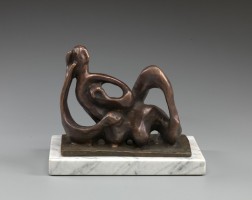
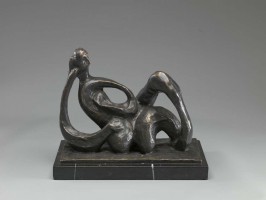
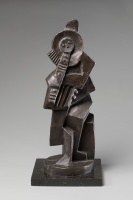
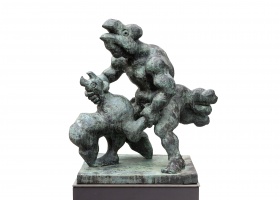
_web.jpg)